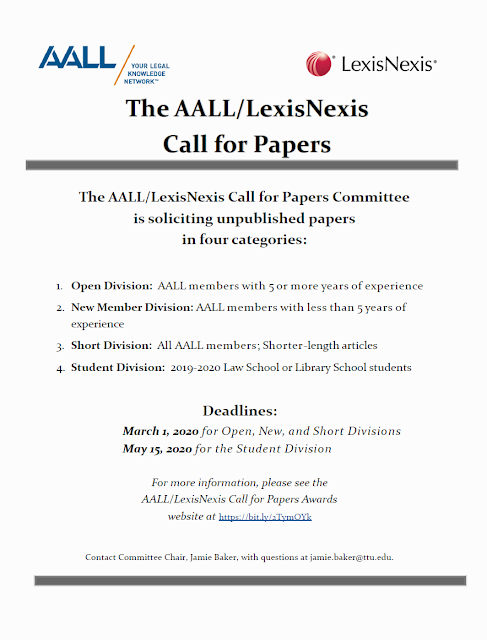Open Educational Resources in Higher Ed.
During the SPARC presentation last week, in addition to discussing open access, the representatives also discussed open educational resources (OER).
A few interesting facts and figures:
To truly be open, the resources should be free and have the 5 R's of reuse rights:
If you would like to find and use open educational resources, The University of Minnesota created an Open Textbook Library that is a "tool to help instructors find affordable, quality textbook solutions."
Ultimately, using OER in 1 course per year could save US students $1.42 billion (Student PIRGs).
The full presentation can be found here: bit.ly/txtechopen
A few interesting facts and figures:
- Since 2002, college textbook costs have increased 82% (GAO)
- 2 in 3 students say they decided against buying a textbook because the cost is too high (Student PIRGs)
- 1 in 3 students say at some point they earned a poor grade because they could not afford to buy the textbook (Student survey)
- 1 in 2 students say they have at some point taken fewer courses due to the cost of textbooks
To truly be open, the resources should be free and have the 5 R's of reuse rights:
- Retain
- Reuse
- Revise
- Remix
- Redistribute
- higher or equivalent grades
- higher average credit load
- higher or equivalent completion rates
If you are interested in making your educational resources open, Creative Commons is a wonderful way to release under an open intellectual property license.
If you would like to find and use open educational resources, The University of Minnesota created an Open Textbook Library that is a "tool to help instructors find affordable, quality textbook solutions."
Ultimately, using OER in 1 course per year could save US students $1.42 billion (Student PIRGs).
The full presentation can be found here: bit.ly/txtechopen


Comments
Post a Comment